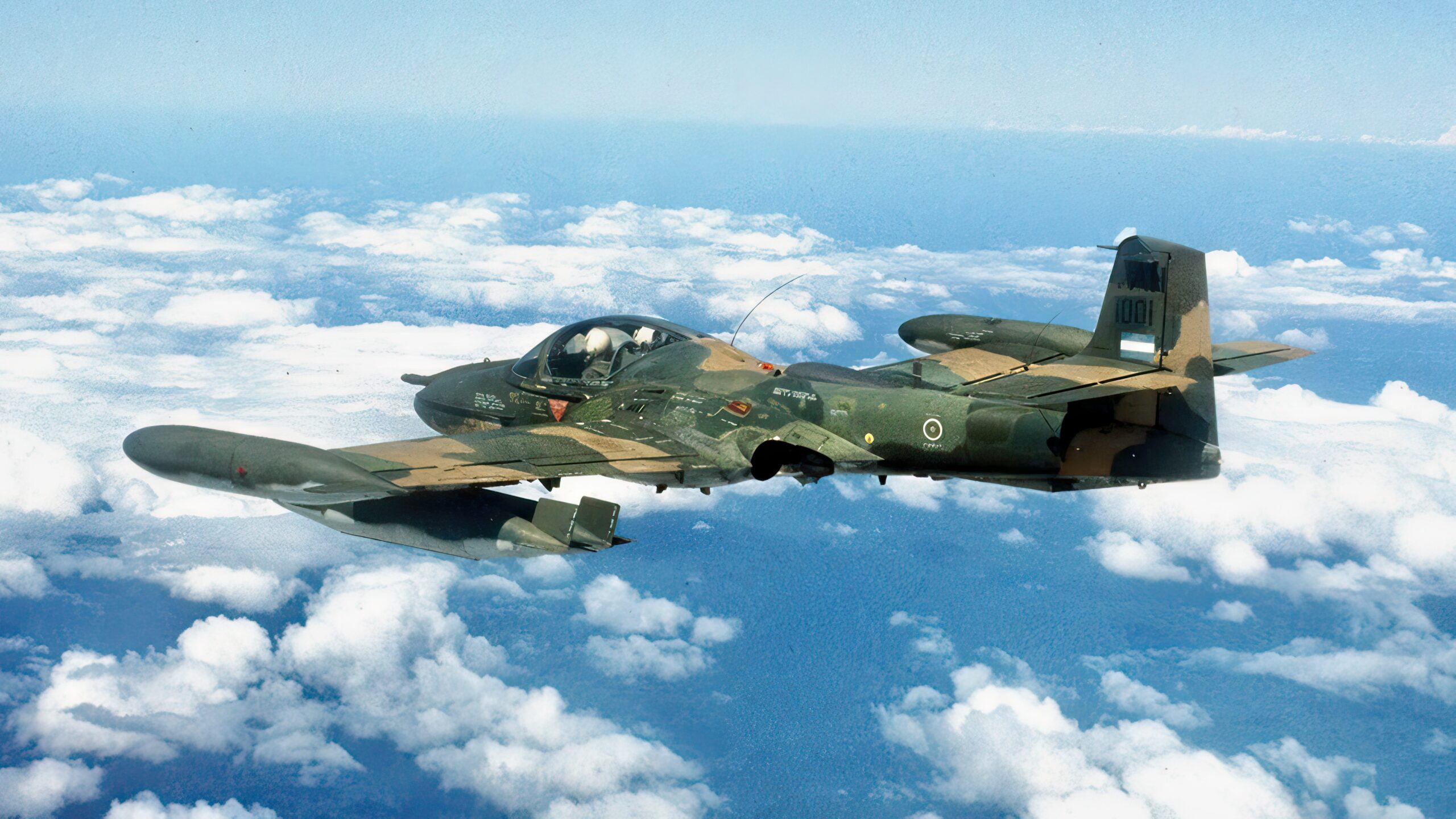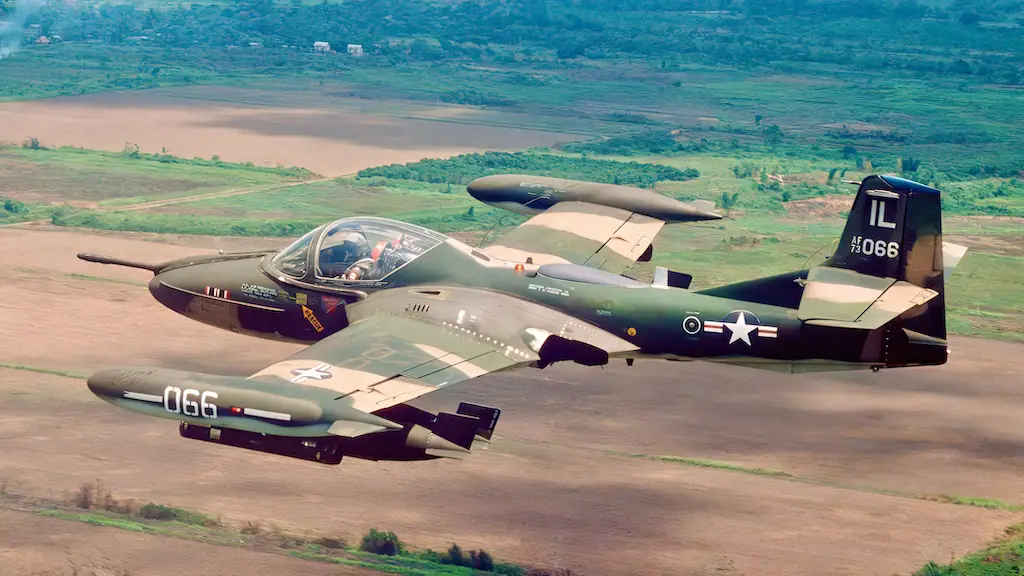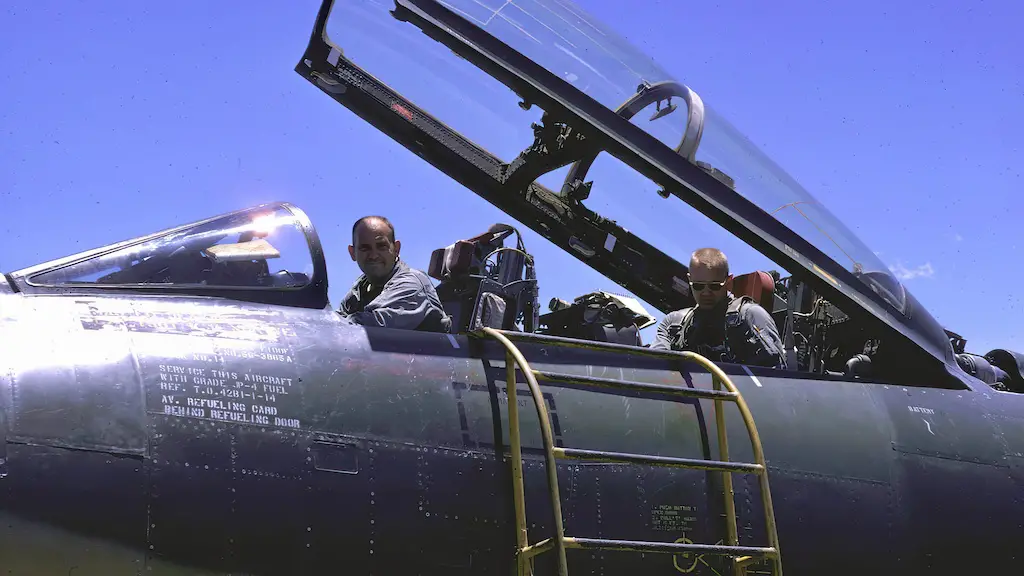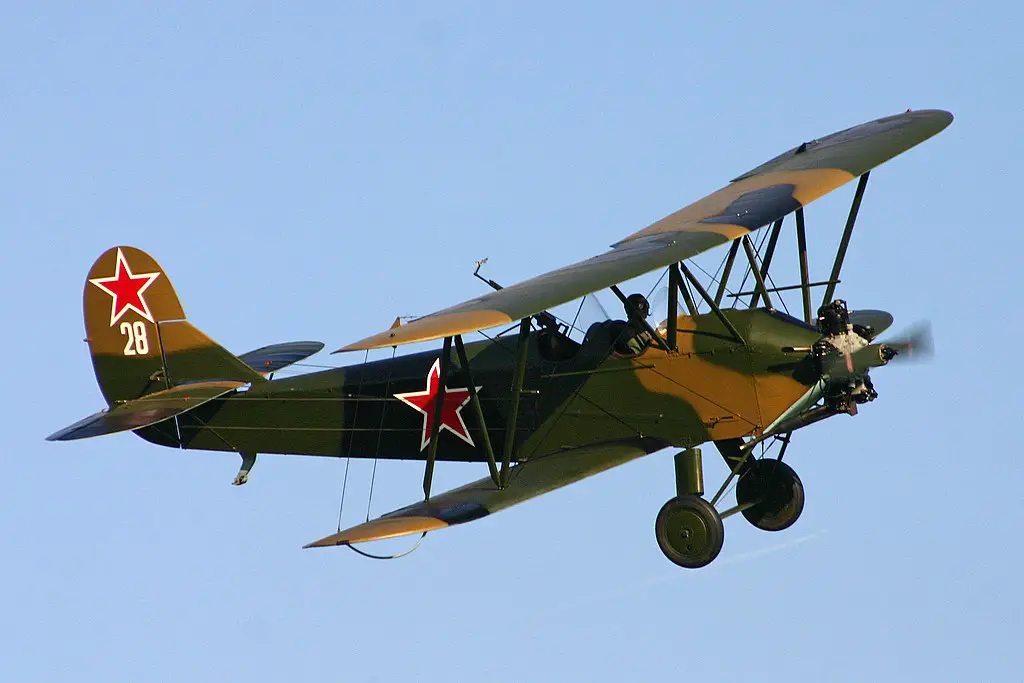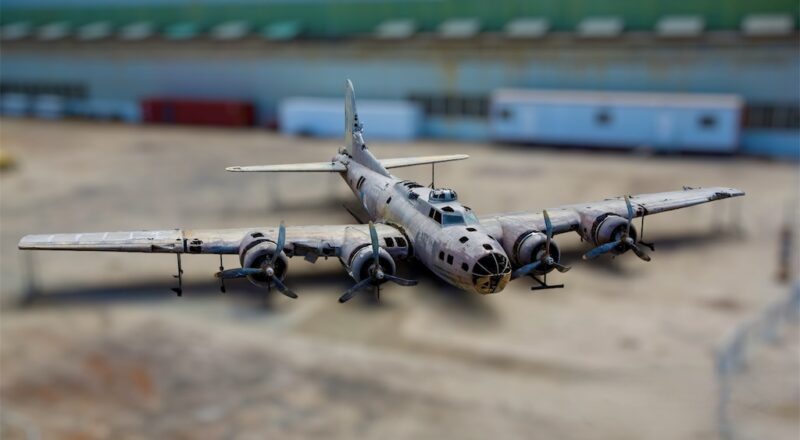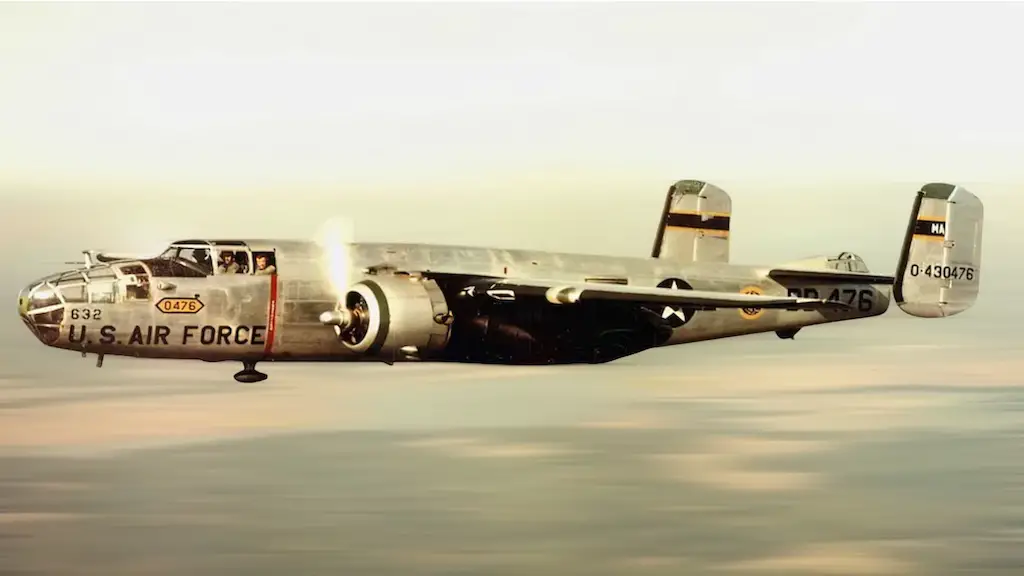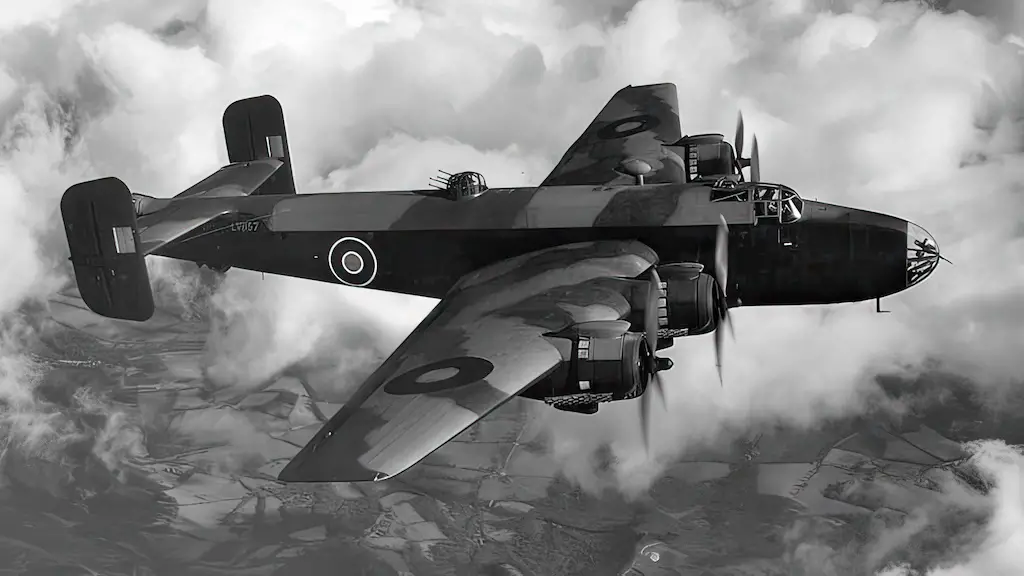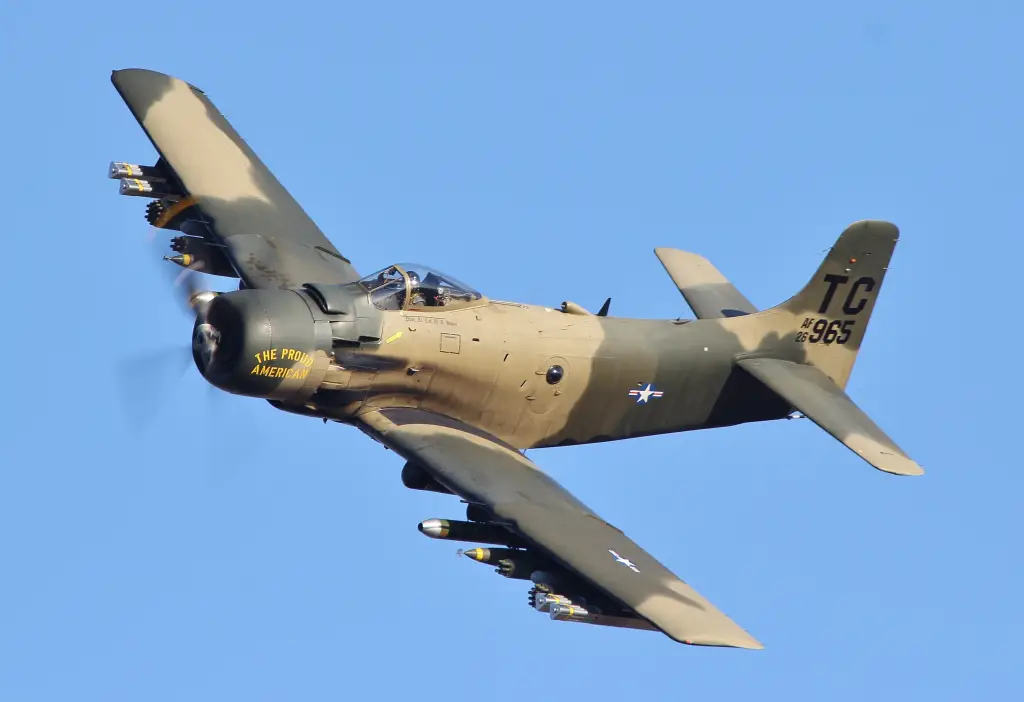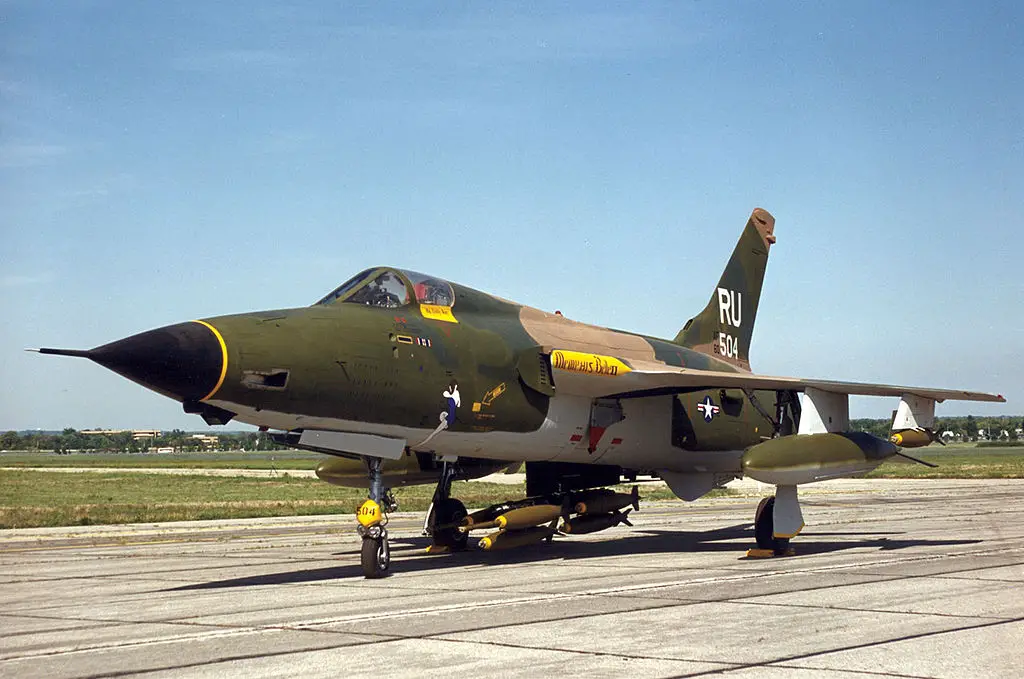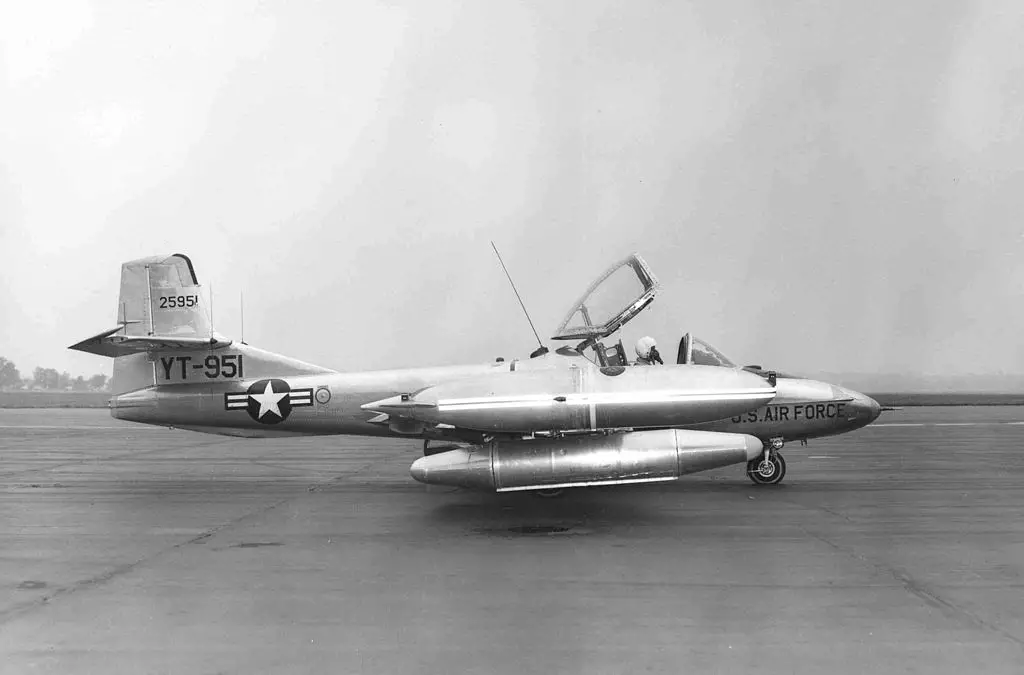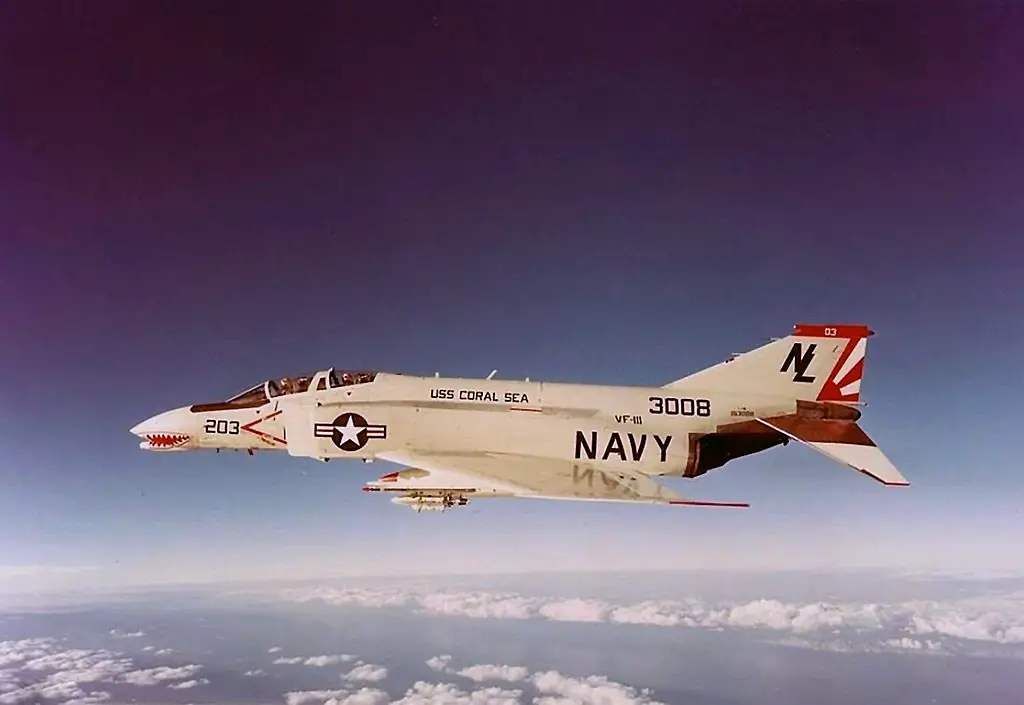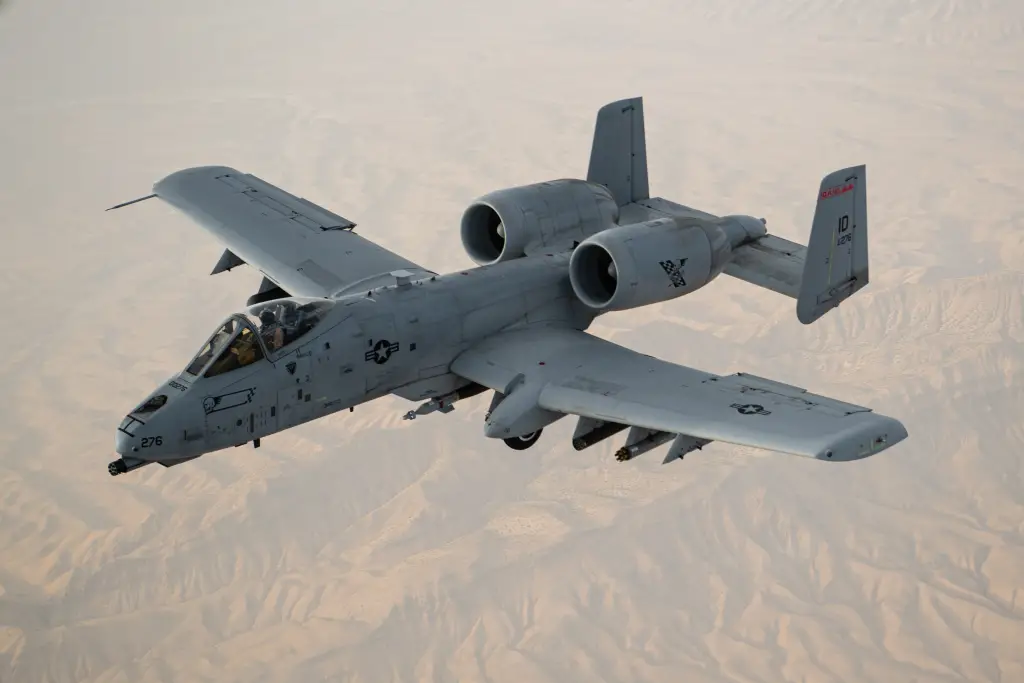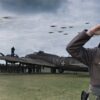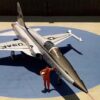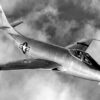Today trainer aircraft for military pilots are often built with a dual capability: if need be, they can assume close air support (CAS) or counter-insurgency (COIN) duties. One of the first examples of a trainer successfully converted to perform these roles was Cessna A-37 Dragonfly. It was, in fact, a huge success.
This seemingly unimpressive little plane excelled at the tasks it was assigned in Vietnam. It also cost a fraction of what aircraft like F-4 Phantom II did. And while in the US it was superseded by even more brilliantly designed A-10 Thunderbolt II in the 1970s, the Dragonfly still enjoyed enormous popularity in many countries from Chile to Thailand throughout the following decades.
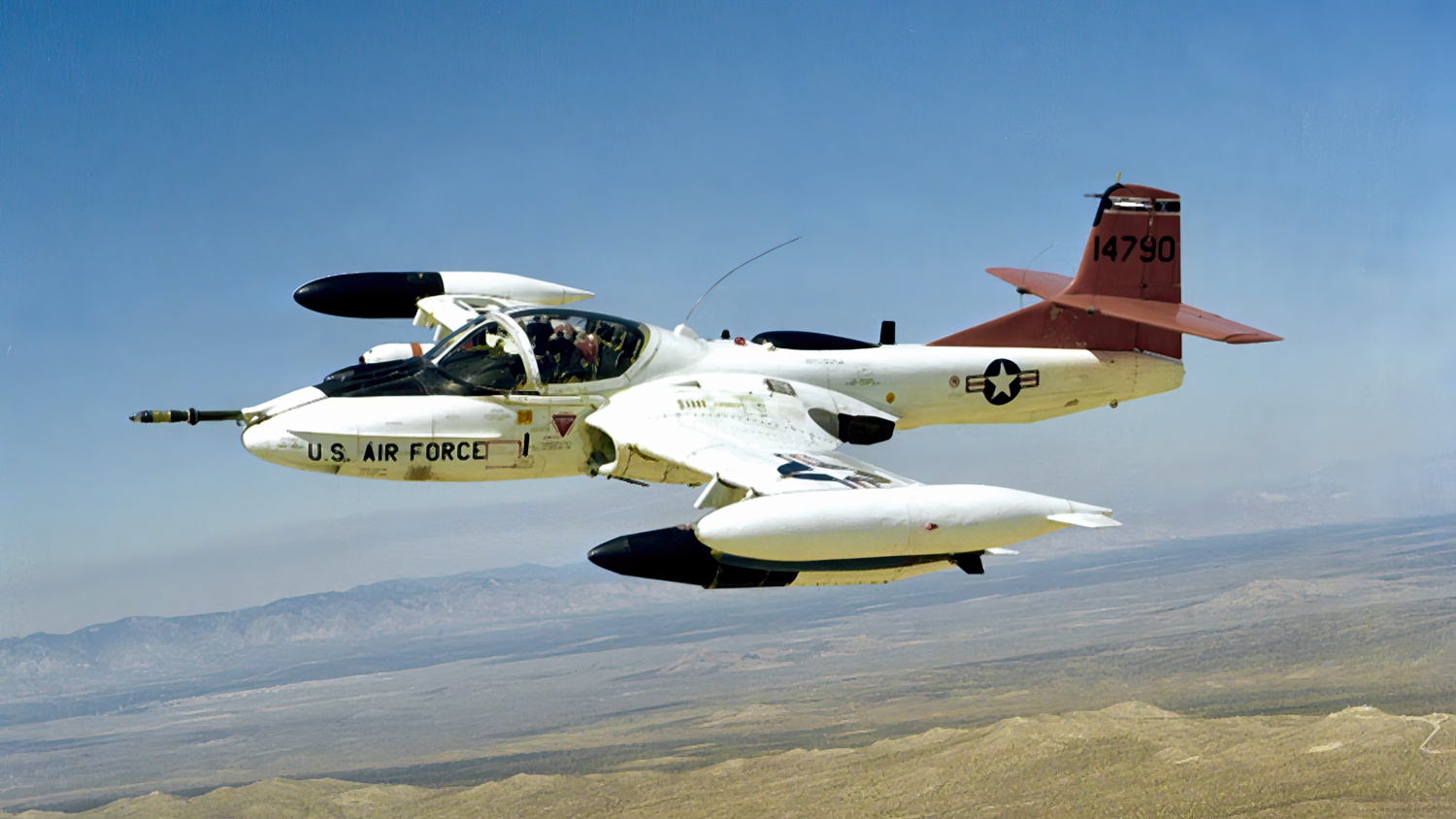
Turning a trainer into a weapon
Soon after the war in Vietnam got going, it exposed the US military’s deficit of CAS and COIN aircraft. Early in the war many of these missions were flown by such planes as the venerable Douglas A-1 Skyraider, which certainly needed retirement by that time, and Republic F-105 Thunderchief, which was a little bit too fast and not really well-suited for the task. That situation prompted a number of different solutions, one of the most effective of which was adapting the Cessna T-37 Tweet trainer, which had been in the USAF service since 1957, for combat missions.
To measure up to its new role the aircraft received some armor and a formidable amount of firepower. The cockpit got layered nylon flak curtains to protect the crew from fragments. Eight ordnance-bearing pylons under the wing could carry bombs, napalm tanks, gun and rocket pods or drop tanks with extra fuel. In addition to the underwing ordnance the A-37 also featured a GAU-2 Minigun located in the nose. To make sure that it can carry all that weaponry into battle Cessna replaced T-37’s Teledyne Continental J69 powerplants with a pair of General Electric J85 turbojets, increasing the thrust more than twofold. The A-37 also got a wingtip fuel tank and a refueling probe to increase its otherwise meagre combat range.
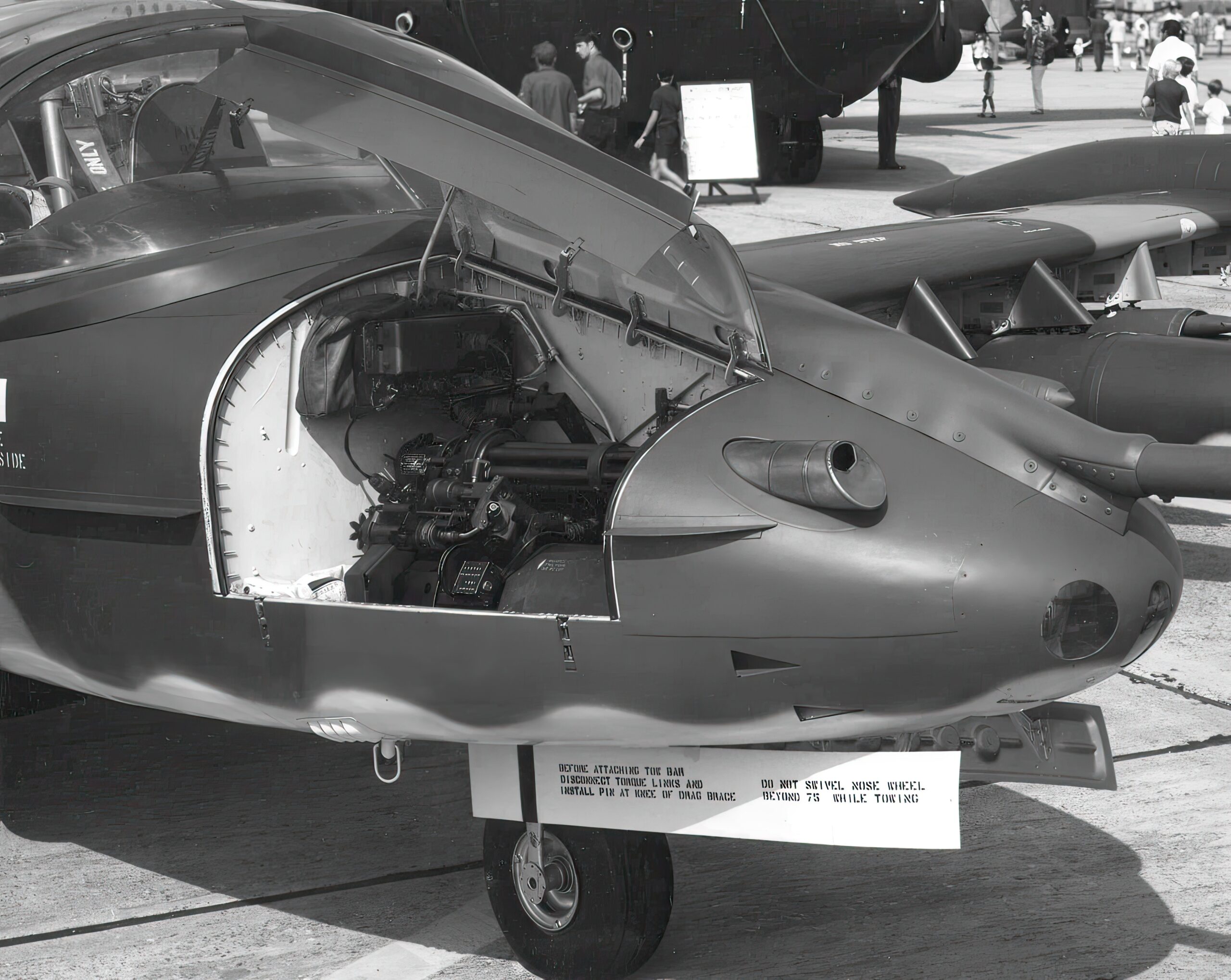
The Super Tweet
In August 1967, a batch of aircraft converted from T-37s were deployed to Vietnam for combat evaluation, completing whopping 10,000 missions in the first nine months. Following the successful combat trials, USAF ordered the production of a designated A-37B version. Starting from 1968, they also equipped squadrons of the South Vietnam Air Force.
American servicemen used to call the aircraft a “6,000-Pound Dog Whistle” for the sound it made flying over their heads. Pilots also dubbed the aircraft “Super Tweet.” The Dragonflies made their attack runs at speeds some 100 mph slower then supersonic swept-wing fighter bombers, which resulted in much greater accuracy. Cessnas also had an incredibly low maintenance to flying hours ratio. They did not fly to bomb North Vietnam, but in the South they were a crucial element of close air support for US troops on the ground. They also flew night interdiction and forward air control (FAC) missions.
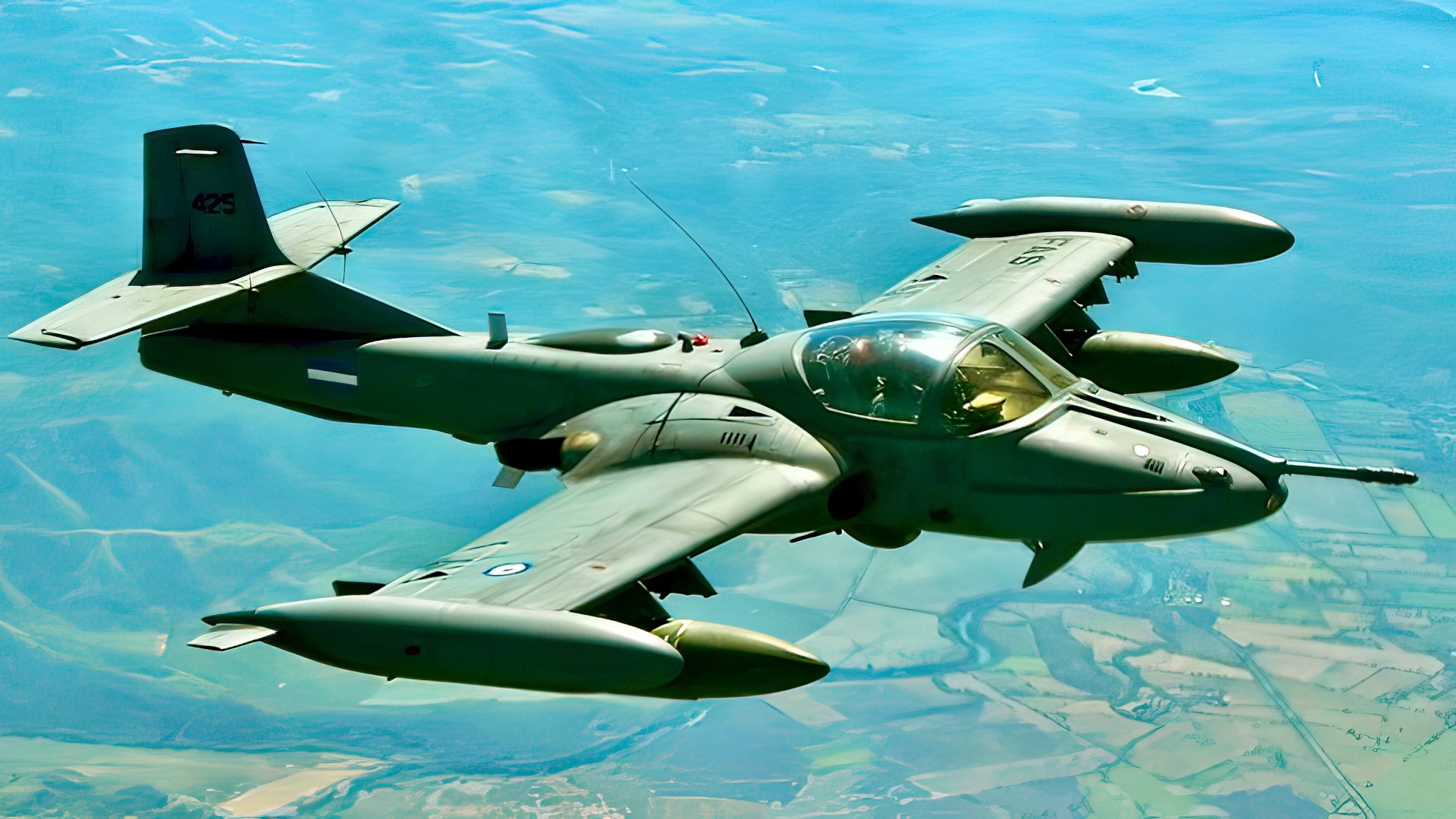
After 1975
All in all, 577 A-37Bs were built. In 1975, many A-37s were abandoned to communist forces, which happily put them to use. The US Air Force and Air National Guard went on flying their Dragonflies until the early 1990s, mostly in the FAC role. However, the most flamboyant part of Super Tweet’s post-1975 career unfolded in Latin America, where it took part in a number of wars, military coup attempts, counter-insurgency campaigns and operations against drug cartels. The A-37 saw service in Columbia, Chile, El Salvador, and half a dozen other countries of the continent. Apparently, some of these air forces are still flying Dragonflies.
